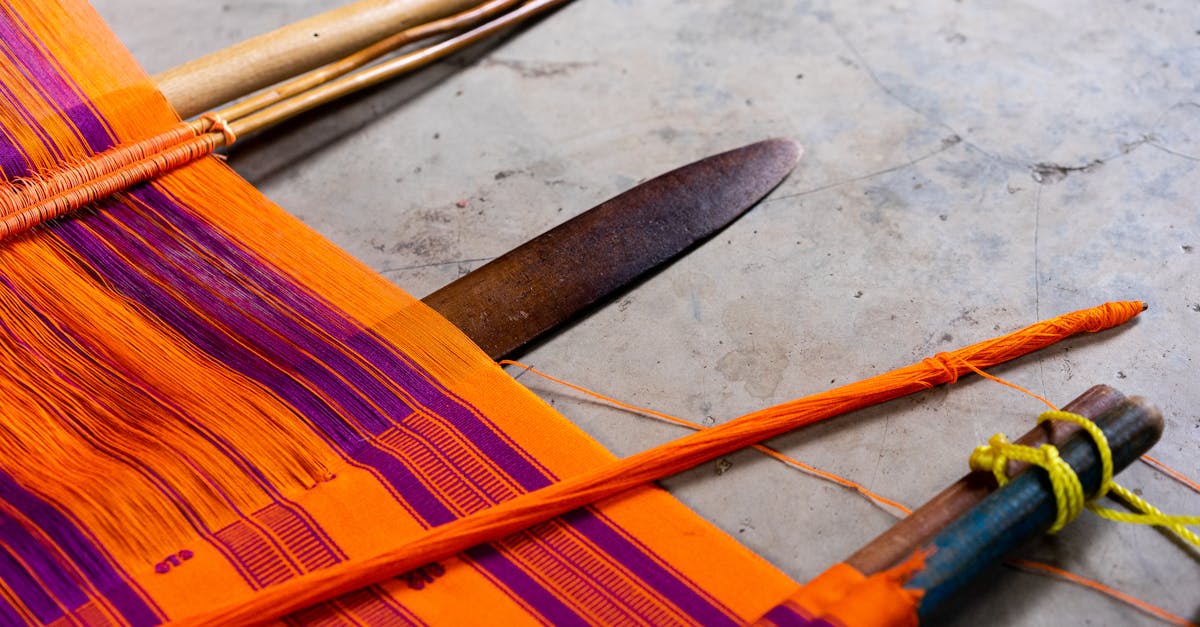Knitting is not just a craft; it is a language of stitches and patterns that come together to create beautiful textiles. However, understanding the terminology associated with different knitting patterns can sometimes be overwhelming for both beginners and seasoned knitters alike. In this article, we will explore four essential policies related to pattern terms, with a slight emphasis on the concepts of double knit, lace knit, cable knit, and Fair Isle knit.
1. Double Knit:
Double knitting is a technique that creates a reversible fabric with two right sides. This method involves working with two yarns simultaneously to produce a thick, warm fabric ideal for items like scarves, blankets, and pot holders. When following a double knit pattern, it is crucial to pay attention to the instructions regarding color changes and the placement of stitches on the needles. To master the art of double knitting, knitters should familiarize themselves with terms such as “knit one, slip one” and “purl front and back.”
2. Lace Knit:
Lace knitting involves creating intricate openwork patterns that resemble delicate lace fabric. This technique adds a touch of elegance and sophistication to shawls, sweaters, and even socks. When working on a lace knitting project, it is essential to understand terms such as “yo” (yarn over), “ssk” (slip, slip, knit), and “k2tog” (knit two stitches together). Following a lace knit pattern requires precision and attention to detail, as even a small mistake can disrupt the delicate lace motif.
3. Cable Knit:
Cable knitting produces textured designs that mimic twisted ropes or braids running through the fabric. This technique creates a classic and timeless look that is perfect for sweaters, hats, and blankets. When tackling a cable knit pattern, knitters must be familiar with terms like “C4F” (cable four front), “C4B” (cable four back), and “CN” (cable needle). Working with cable needles can be intimidating at first, but with practice, knitters can master the art of creating intricate cable designs.
4. Fair Isle Knit:
Fair Isle knitting is a traditional technique that involves working with multiple colors in a single row to create intricate geometric patterns. This method originates from the Fair Isle region of Scotland and is often used to produce colorful and eye-catching garments such as sweaters and hats. When diving into a Fair Isle knit project, it is important to understand terms like “floats” (long strands of yarn carried across the back of the work) and “tension” (maintaining even tension while switching between colors). By following a Fair Isle pattern closely and paying attention to colorwork charts, knitters can achieve stunning results.
Conclusion:
Mastering the terminology associated with different knitting patterns is essential for knitters looking to expand their skill set and tackle more challenging projects. By following the four policies outlined in this article, knitters can navigate the world of pattern terms with confidence, whether they are working on a double knit, lace knit, cable knit, or Fair Isle knit project. With practice and dedication, knitters can unlock a world of creativity and bring their knitting projects to life with precision and artistry. Happy knitting!


